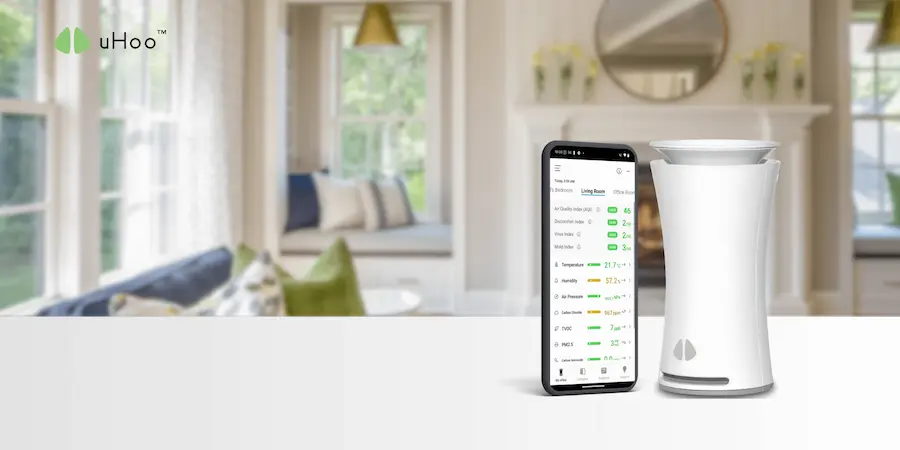Think of IAQ as a holistic concept, encompassing everything from invisible gases to microscopic particles and airborne allergens. Addressing it requires a systematic approach. Understanding the ABCs of IAQ: practical advice for better indoor air quality breaks down the complexities into manageable steps, empowering you to create a healthier living environment.
The ABCs of IAQ: Practical Advice for Better Indoor Air Quality
- A is for Airing Out
- Assess Outdoor Air: Before simply opening windows, check local air quality reports. There are apps and websites that provide real-time PM2.5 levels. Open windows when outdoor air is cleaner (e.g., early mornings) and humidity is manageable.
- Cross-Breeze: Maximize air exchange by opening windows on opposite sides of your home.
- Utilize Exhaust Fans: Always use bathroom fans during and after showering to remove humidity, and kitchen fans while cooking to vent fumes, grease, and combustion byproducts.
- B is for Banish Bad Stuff
- No Smoking Indoors: This is non-negotiable. Tobacco smoke is packed with carcinogens and toxic chemicals that linger.
- Low-VOC Choices: When buying paint, furniture, cleaning products, or even crafts supplies, look for “low-VOC” or “no-VOC” labels. VOCs (Volatile Organic Compounds) off-gas harmful chemicals.
- Careful with Scents: Air fresheners, scented candles, and incense can release fine particles and VOCs. Opt for natural ventilation or essential oil diffusers (used sparingly) instead.
- Proper Storage: Store paints, solvents, and other chemicals in a detached shed or well-ventilated garage, not inside your living space.
- C is for Control the Climate
- Humidity Management: In tropical climates, high humidity (above 60% RH) is a major driver of mold and dust mite growth. Use a dehumidifier if needed, especially in damp areas like basements.
- Promptly Fix Leaks: Any water intrusion, from a leaky pipe to a damp spot under a sink, is a mold invitation. Address leaks immediately.
- Maintain HVAC: Your air conditioning and ventilation system is crucial. Regularly change or clean filters (every 1-3 months, or more if dusty). Consider higher MERV-rated filters for better particle capture if your system can handle it. Have your system professionally cleaned and serviced annually.
- D is for Diligent Dusting and Cleaning
- Wet Cleaning: Use damp cloths to wipe down surfaces to trap dust and allergens, rather than just scattering them.
- HEPA Vacuum: Invest in a vacuum cleaner with a HEPA filter to effectively capture microscopic particles from floors, carpets, and upholstery. Vacuum frequently.
- Wash Bedding Hot: Wash sheets, pillowcases, and blankets in hot water weekly to kill dust mites.
By following these tips for better indoor air quality, you’re not just cleaning your home. You’re actively creating a healthier environment for everyone who lives there. Small, consistent efforts add up for better indoor air quality daily.
To truly ensure your efforts for better indoor air quality are effective, a uHoo air quality monitor is the best solution. It provides real-time, comprehensive insights into your home’s air, showing you which pollutants are present and allowing you to see the direct impact of your actions, helping you fine-tune your strategy for optimal and continuous air quality improvement.



